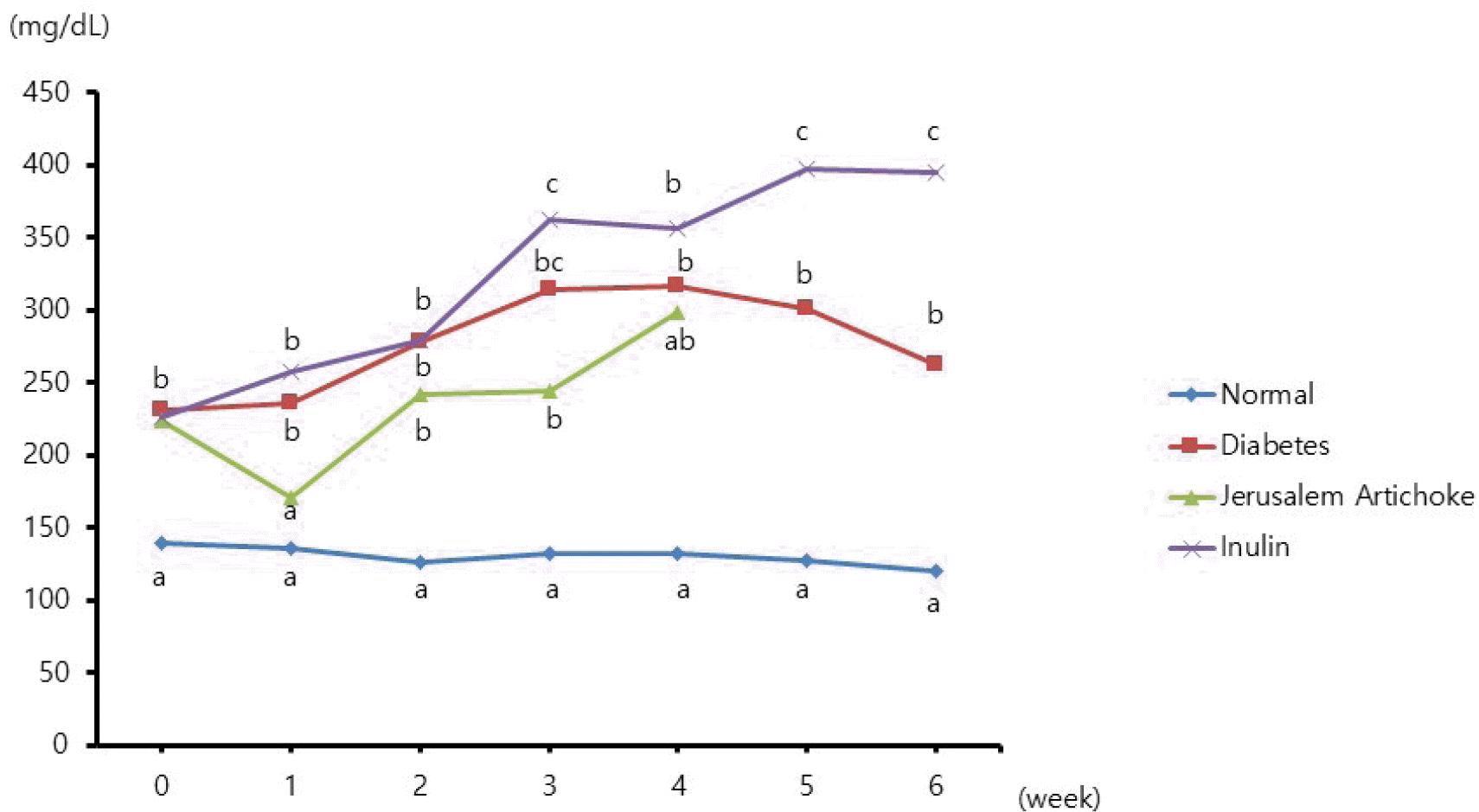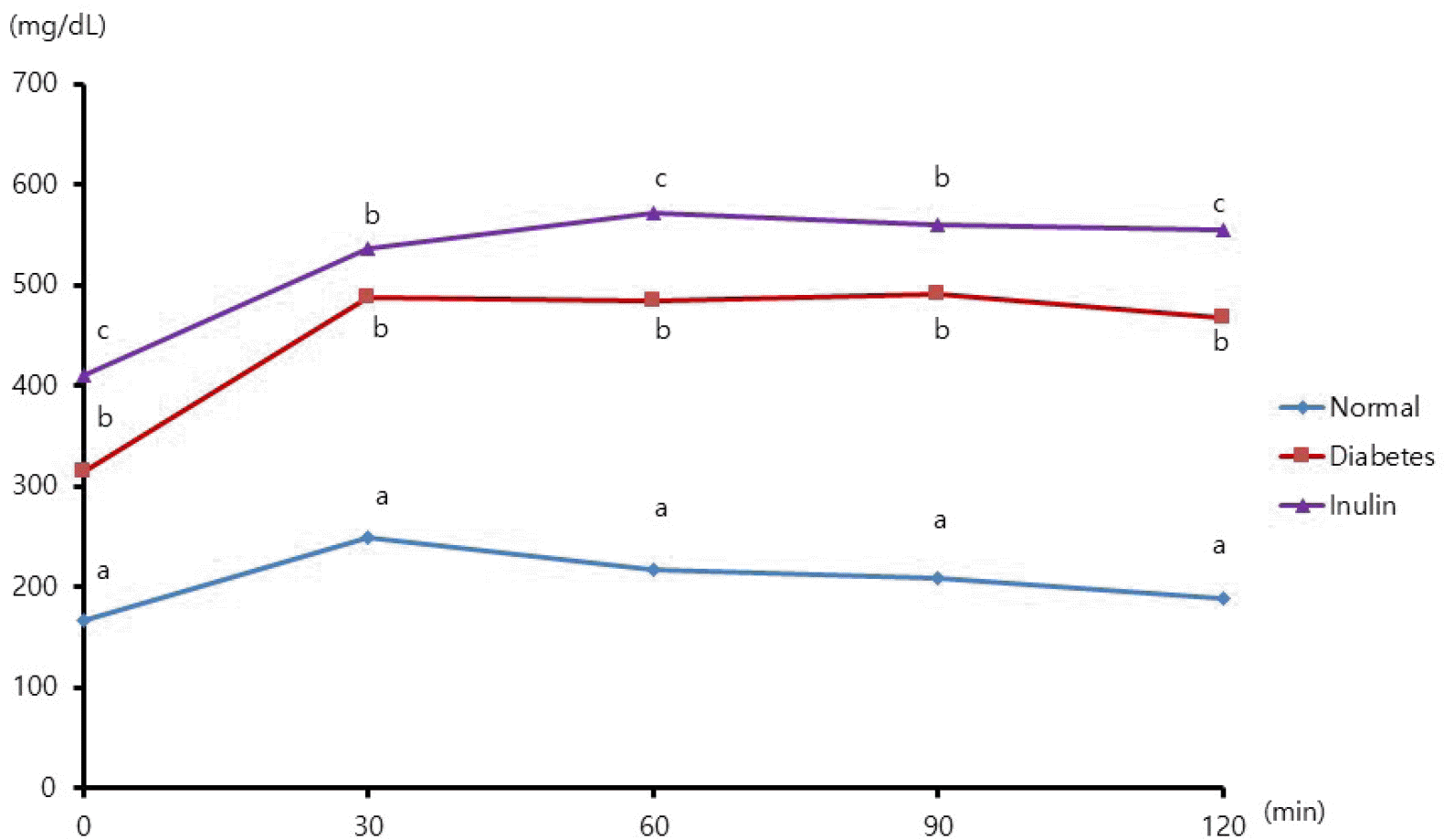1. Lee KW. Costs of diabetes mellitus in Korea. Diabetes Metab J. 2011. 35:567–70.


2. Kim JH., Kim DJ., Jang HC., Choi SH. Epidemiology of micro- and macrovascular complications of type 2 diabetes in Korea. Diabetes Metab J. 2011. 35:571–7.


3. Gaede P., Lund-Andersen H., Parving HH., Pedersen O. Effect of a multifactorial intervention on mortality in type 2 diabetes. N Engl J Med. 2008. 358:580–91.

4. Kim BY., Won JC., Lee JH., Kim HS., Park JH., Ha KH, et al. Diabetes fact sheets in Korea, 2018: an appraisal of current status. Diabetes Metab J. 2019. 43:487–94.


5. Kim SG., Choi DS. The present state of diabetes mellitus in Korea. J Korean Med Assoc. 2008. 51:791–8.
6. Korean Diabetes Association. Diabetes in Korea 2007. Report of Task Force Team for basic statistical study of Korean diabetes mellitus. Seoul: Korean Diabetes Association;2007.
7. Egede LE., Ye X., Zheng D., Silverstein MD. The prevalence and pattern of complementary and alternative medicine use in individuals with diabetes. Diabetes Care. 2002. 25:324–9.

8. Cho MR., Choue R. A study of folk remedies in type II diabetic patients. Korean J Nutr. 1998. 31:1151–7.
9. Roberfroid M. Functional food concept and its application to prebiotics. Dig Liver Dis. 2002. 34(Suppl 2):S105–10.
10. Kim JL., Bae CR., Cha YS. Helianthus tuberosus extract has anti-diabetes effects in HIT-T15 cells. J Korean Soc Food Sci Nutr. 2010. 39:31–5.
11. Luo J., Rizkalla SW., Alamowitch C., Boussairi A., Blayo A., Barry JL, et al. Chronic consumption of short-chain fructooligosaccharides by healthy subjects decreased basal hepatic glucose production but had no effect on insulin-stimulated glucose metabolism. Am J Clin Nutr. 1996. 63:939–45.

12. Bonsu NK., Johnson CS., McLeod KM. Can dietary fructans lower serum glucose? J Diabetes. 2011. 3:58–66.

13. Nathan DM., Buse JB., Davidson MB., Heine RJ., Holman RR., Sherwin R, et al. Management of hyperglycemia in type 2 diabetes: a consensus algorithm for the initiation and adjustment of therapy: a consensus statement from the American Diabetes Association and the European Association for the Study of Diabetes. Diabetes Care. 2006. 29:1963–72.

14. Kaur N., Gupta AK. Applications of inulin and oligofructose in health and nutrition. J Biosci. 2002. 27:703–14.

15. Wang Z., Hwang SH., Lee SY., Lim SS. Fermentation of purple Jerusalem artichoke extract to improve the α-glucosidase inhibitory effect in vitro and ameliorate blood glucose in db/db mice. Nutr Res Pract. 2016. 10:282–7.


16. Dehghan P., Pourghassem Gargari B., Asghari Jafarabadi M. Oligofructose-enriched inulin improves some inflammatory markers and metabolic endotoxemia in women with type 2 diabetes mellitus: a randomized controlled clinical trial. Nutrition. 2014. 30:418–23.

17. Kim HJ., Kim DI., Yon JM. Effects of Jerusalem artichoke (Helianthus tuberosus L.) extracts on blood glucose and lipid metabolism in STZ-induced diabetic rats. Korean J Clin Lab Sci. 2015. 47:203–8.
18. Yang HJ., Kwon DY., Kim MJ., Kang S., Kim DS., Park S. Jerusalem artichoke and chungkookjang additively improve insulin secretion and sensitivity in diabetic rats. Nutr Metab (Lond). 2012. 9:112.


19. Meshcheriakova VA., Plotnikova OA., Sharafetdinov KhKh., Iatsyshina TA. Use of Jerusalem artichokes in diet therapy of patients with type II diabetes mellitus. Vopr Pitan. 1995. (3):24–7. Russian.
20. Evert AB., Boucher JL., Cypress M., Dunbar SA., Franz MJ., Mayer-Davis EJ, et al. American Diabetes Association. Nutrition therapy recommendations for the management of adults with diabetes. Diabetes Care. 2013. 36:3821–42.


21. Kim HN., Yu SY., Yoon WB., Jang SM., Jang YJ., Lee OH. Analysis of nutritional components and physicochemical properties of hot-air dried Jerusalem artichoke (Helianthus tuberosus L.) powder. Korean J Food Sci Technol. 2014. 46:73–8.
22. Jang HL., Hong JY., Kim NJ., Kim MH., Shin SR., Yoon KY. Comparison of nutrient components and physicochemical properties of general and colored potato. Korean J Hortic Sci Technol. 2011. 29:144–50.
23. Dunn JD., Benton WW., Orozco-Torrentera E., Adamson RT. The burden of hyperkalemia in patients with cardiovascular and renal disease. Am J Manag Care. 2015. 21(15 Suppl):s307–15.
24. Coppens P., da Silva MF., Pettman S. European regulations on nutraceuticals, dietary supplements and functional foods: a framework based on safety. Toxicology. 2006. 221:59–74.

25. Paik DJ., Lee CH. Review of cases of patient risk associated with ginseng abuse and misuse. J Ginseng Res. 2015. 39:89–93.








 PDF
PDF Citation
Citation Print
Print



 XML Download
XML Download